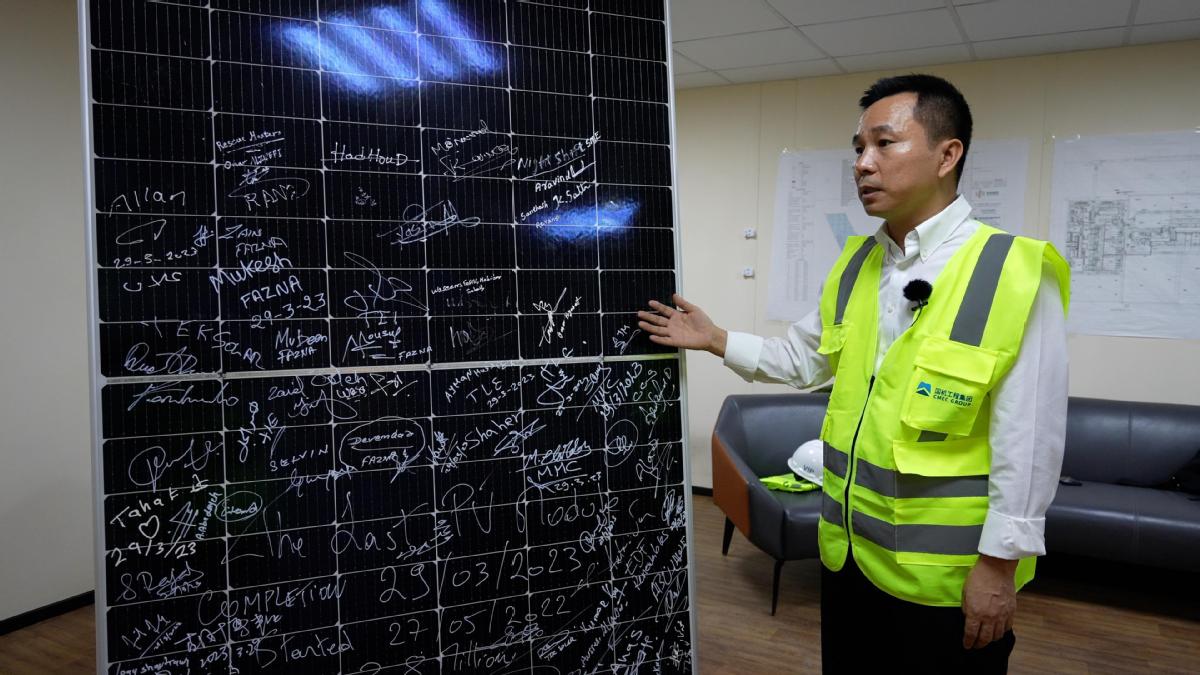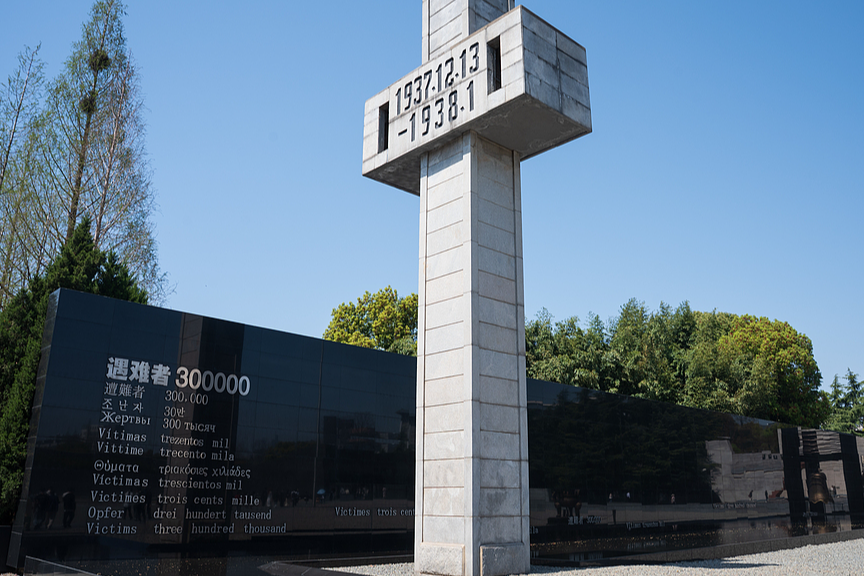A clean green sheet on the Silk Road


The world's largest single-site solar photovoltaic plant, now in full operation, is expected to help Abu Dhabi slash its annual carbon emissions by 2.4 million metric tons, raising the proportion of clean energy in the UAE's total energy mix to more than 13 percent. This is equivalent to removing about 470,000 cars from the roads.
This huge swathe of desert is not distant nor silent. Apart from on-site workers clad in florescent vests, protective high-top caps, and thick and rubber-soled boots, the relative serenity is punctuated from time to time by creaks and squeals.
Scratching our heads to try and figure out where these sounds came from, Wang tells us: "They're from the solar modules (panels) rotating in sync with the sun radiance shifts throughout the day. Capturing the largest possible amount of sunlight ensures the maximum generation of electricity. No solar energy should be wasted." So, the solar panels come into varying slopes throughout the day, the steepest being at dusk and dawn, he says.
While the panels' movement was too subtle to detect, the unrelenting noises are a tell-tale sign of the desert's vigor and tirelessness in lavishing the city with a clean life.
When the panels lie flat peacefully, face up, at around 7 pm each day, the panel cleaning routine commences. The film of sand collected on the panels' surface would obstruct its absorption of rays and subsequent electricity generation, explains Wang. So, dusting off the panels is important.
While water is the conventional answer to having the panels cleaned, it doesn't apply in Abu Dhabi due to the city's meager rainfall. "Thus, we come up with cleaning robots, an automatic substitute, after brainstorming with locals who're more acquainted with the local natural conditions," says Wang.
























